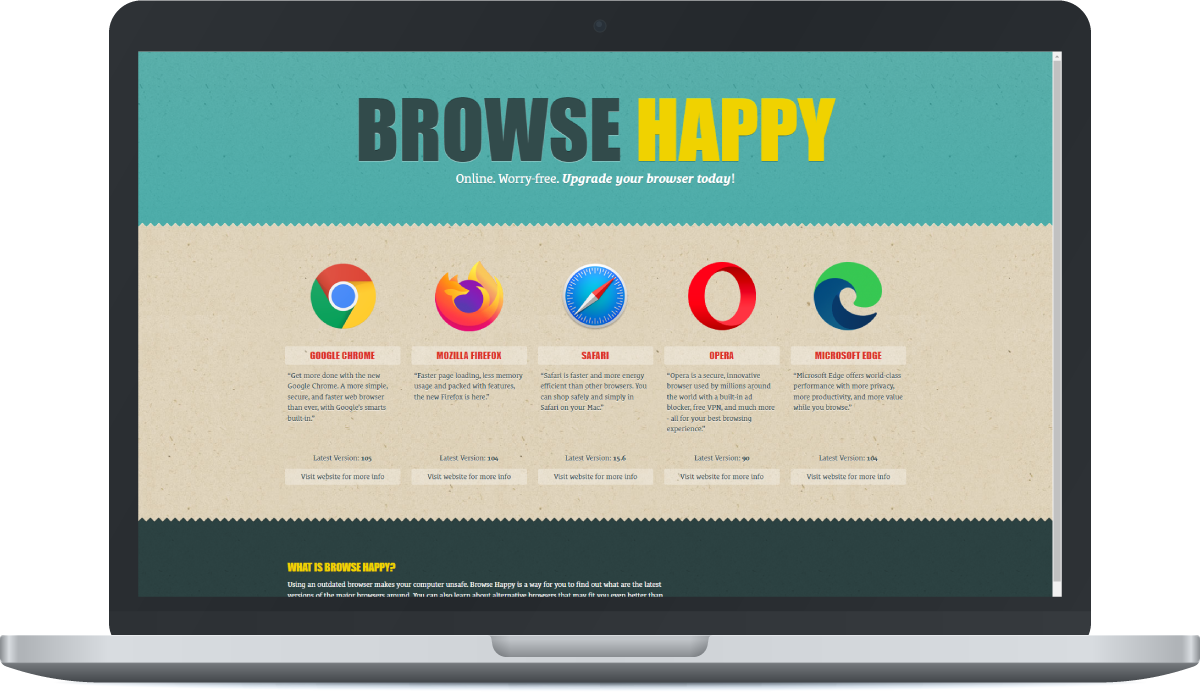Enviropass RoHS, REACH, WEEE, TSCA PBT, PFAS Conflict Minerals, Social Compliance - Produits
What is EU REACH

K1 visa, also known as the Fiancé(e) Visa
<p><span>REACH is an acronym for Registration, Evaluation, Authorisation and Restriction of Chemicals. It's an EU regulation (</span><a rel="nofollow" target="_blank" href="https://echa.europa.eu/regulations/reach/understanding-reach">EC No 1907/2006</a><span>) that came into force in 2007. </span><span>It </span><span>has the purpose</span><span> to </span><span>make sure</span><span> that the health and environment of humans are better protected from the risks of chemicals, and it shifts a significant portion of the responsibility </span><span>of the evaluation</span><span> and </span><span>control of</span><span> those risks to industry.</span></p><p></p><p><span>REACH encompasses </span><span>broadly</span><span> — chemical substances themselves</span><span>, </span><span>mixtures</span><span>, </span><span>and articles (such as end products).</span><span> </span><span>Electronics </span><span>means</span><span> not </span><span>just</span><span> components and printed circuit boards, but enclosures, solder, coatings, adhesives, plastic parts, flame retardants, finishes, </span><span>etc</span><span>.</span></p><p><span><br></span></p><p><span>Significant Electronics Manufacturers' Requirements</span></p><p><span>Should you manufacture or bring in electronic goods (or components) into the EU, then these are your major requirements under REACH:</span></p><p><span><br></span></p><p></p><h2><span>Substance registration</span></h2><p><span>If you manufacture or import a chemical substance (by itself or in a mixture) in quantities of 1 tonne/year and above, you are required to register it with the European Chemicals Agency (ECHA).</span><span> More voluminous levels have more stringent requirements (data, safety assessments).</span></p><p></p><p><span>Article / SVHC (Substances of Very High Concern) requirements</span></p><p><span>If you release any product containing an SVHC in a concentration above 0.1% by weight (w/w), you must warn downstream users (customers) and ECHA's SCIP database, and provide safe-use information.</span></p><p><span><br></span></p><p></p><h2><span>Restrictions & Authorisations</span></h2><p><span>Some chemicals are banned (or restricted) unless special authorization is received. Other chemicals can only be used if some risk mitigation practices are implemented. The list of SVHCs, restricted chemicals, </span><span>etc., keeps changing</span><span>.</span></p><p><span><br></span></p><p></p><h2><span>Supply chain communication</span></h2><p><span>Since your product may </span><span>have</span><span> parts / sub-components that in turn have </span><span>material</span><span> in them, you will need your suppliers' statements so you can track what's in them all.</span><span> Similarly, safety data sheets were applicable, and documentation of risk management was required.</span></p><p><span><br></span></p><p></p><h2><span>Downstream user responsibilities</span></h2><p><span>If you operate with chemicals or mixtures supplied to you, you may have safe use </span><span>responsibilities</span><span>, limiting exposures, etc.</span></p><p><span><br></span></p><p></p><h2><span>Challenges That Often Arise</span></h2><p><strong>Performance vs compliance</strong><span>: Sometimes the RoHS/REACH-safe version of a component (or material) isn't quite as good or as cost-effective, so manufacturers have to test, confirm, and sometimes redesign to compensate.</span></p><p></p><p><strong>Supply chain transparency</strong><span>: </span><span>Getting</span><span> accurate</span><span>, </span><span>timely responses from suppliers can be challenging.</span><span> Some suppliers may not be willing or awar</span><span>e.</span></p><p></p><p><strong>Changing lists of SVHCs / new restrictions</strong><span>: What's on the table today may be on the prohibited list tomorrow — so designs have to plan </span><span>ahead</span><span>.</span></p><p></p><p><strong>Testing & validation</strong><span>: You need strong methods to test whether your materials/components are crossing the thresholds. Every failure or error will lead to recalls / banned shipments / legal risk.</span></p><p></p><p><strong>Best Practices</strong><span>: How to Find a Balance between Compliance + Function</span></p><p></p><p><span>The following are strategies to deal with REACH compliance without sacrificing performance excessively:</span></p><p></p><p><strong>Design for compliance up front</strong><span>: Choose </span><span>material</span><span>/components </span><span>of</span><span> established compliance, or parts </span><span>with</span><span> manufacturers </span><span>who give</span><span> full disclosure.</span><span> Use chemical inventories and internal BOM checks.</span></p><p></p><p><strong>Check alternatives</strong><span>: When </span><span>you replace</span><span> a heritage material, run tests—mechanical, thermal, life, etc.—to ensure the new material meets </span><span>specs needed</span><span>.</span></p><p></p><p><strong>Use exemptions sparingly</strong><span>: Sometimes material is exempt or a restriction has not been applied </span><span>yet</span><span>, but long-term usage of exemptions is not desirable.</span><span> Always have a backup plan.</span></p><p></p><p><strong>Write everything down</strong><span>: Retain supplier statements, test certificates, material safety data sheets, and</span><span> </span><span>risk assessments</span><span>. </span><span>Not</span><span> only for compliance, but in the event </span><span>of an audit</span><span> or rules </span><span>becoming</span><span> more stringent.</span></p><p></p><p><strong>Observe regulatory updates</strong><span>: ECHA publishes guidelines, renews candidate lists, and modifies restrictions </span><span>regularly</span><span>.</span><span> Being current avoids the surprise effect.</span></p><p><span><br></span></p><h1><span>Agencies & Tools to Know</span></h1><p><span>European Chemicals Agency (ECHA) — EU's hub for central REACH regulation, candidate and authorisation lists, and</span><span> </span><span>guidelines.</span></p><p><span>European Commission – </span><a rel="nofollow" target="_blank" href="https://single-market-economy.ec.europa.eu/sectors/chemicals/reach/reach-explained_en?utm_source=chatgpt.com">REACH explained</a><span> — official pages describing duties, tools, and</span><span> </span><span>how the law applies.</span></p><p><span>National regulatory bodies also come into play (e.g., EU member state environment ministries) for local enforcement, notifications, </span><span>etc</span><span>.</span></p><p><span><br></span></p><h1><span>How Enviropass Fits In</span></h1><p><a rel="nofollow" target="_blank" href="https://getenviropass.com/reach-svhc/">Enviropass</a><span> is a service/tool that provides material screening (e.g., with XRF), testing, and compliance assistance to </span><span>assist</span><span> manufacturers </span><span>in identifying</span><span> hazardous substances in parts or assemblies.</span><span> It can </span><span>assist</span><span> you:</span></p><ul><li><span>Quickly screen materials/components for restricted substances or SVHCs.</span></li><li><span>Create reports to aid your declarations/documentation.</span></li><li><span>Keep a note of which pieces pass and require no replacement or risk management.</span></li><li><span>Keep</span><span> ahead of evolving regulations and candidate lists </span><span>so you're not</span><span> caught off guard.</span></li><li><span>Through the use of a tool like Enviropass, you can manage risk, </span><span>speed up</span><span> product development, and </span><span>make</span><span> your supply chain </span><span>more transparent</span><span>.</span></li></ul><div><font color="#0e101a"><br></font></div><p></p><h1><span>Bottom Line</span></h1><p><span>For manufacturers of electronics, REACH isn't an option if you sell in or </span><span>into</span><span> the EU — it's business.</span><span> Meeting compliance and performance in a balance means:</span></p><p></p><ul><li><span>Early planning with compliance built into design.</span></li><li><span>Prioritizing supplier management and documentation.</span></li><li><span>Checking out</span><span> alternative materials and designs for validity.</span></li></ul><p></p><p><span>Having access to </span><a rel="nofollow" target="_blank" href="https://getenviropass.com/category/reach/">tools and services</a><span> (such as Enviropass) to assist with testing, screening, and</span><span> </span><span>documenting.</span></p><p></p><p><span>And if you do that, you can comply with REACH and still ensure quality, durability, and</span><span> </span><span>competitiveness. Better to design for the future instead of retrofitting later.</span></p>
